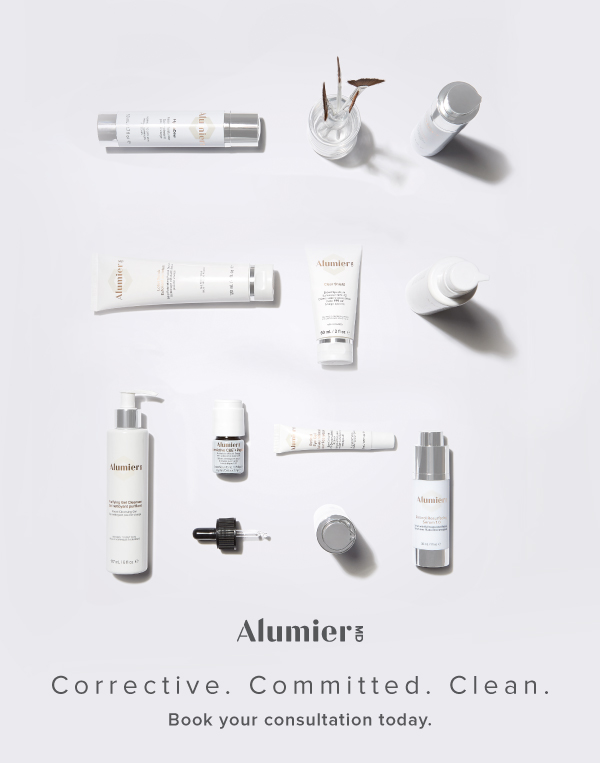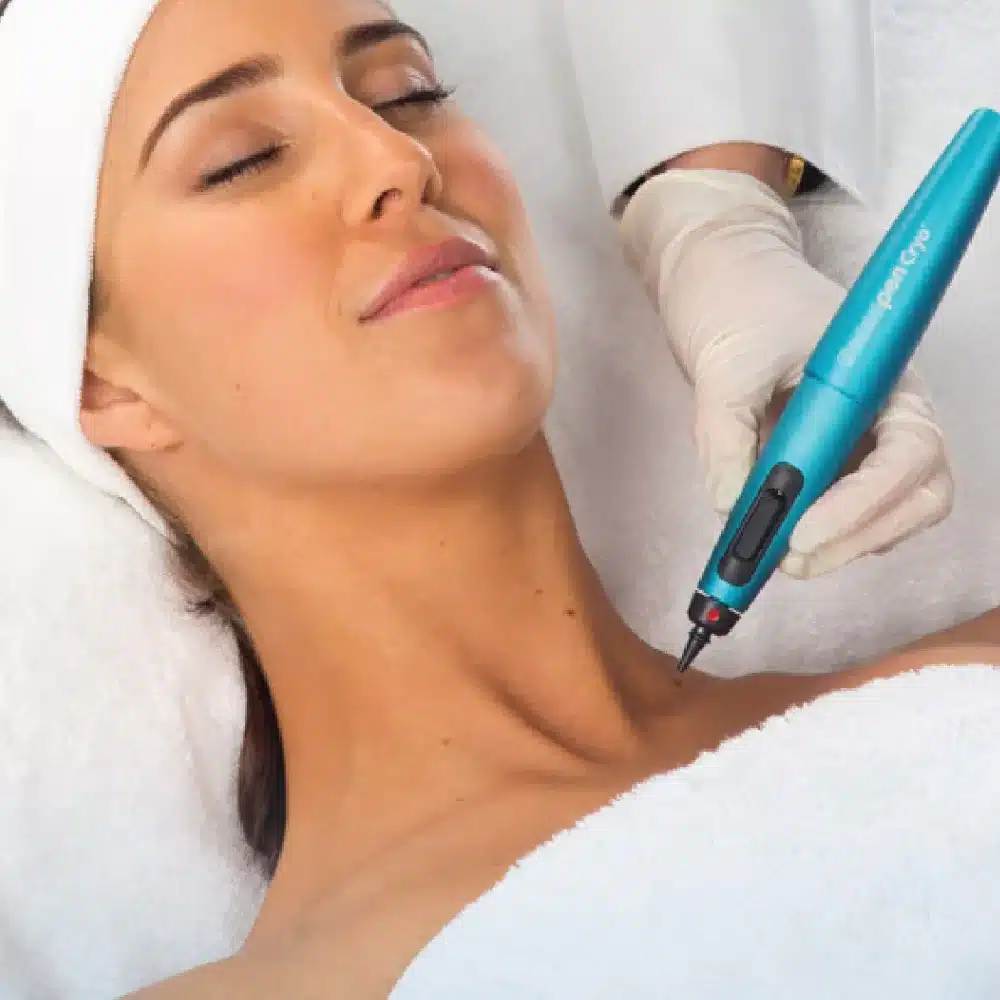IPL Pigment Removal
Our skin gets its colour from melanin which is produced by our melanocyte cells. These protective cells can be triggered by anything from excessive sun exposure, hormones or even natural aging.
These protective cells can be triggered by anything from excessive sun exposure, hormones or even natural aging.
To protect our skin the melanocyte cells release melanin. Sunspots, age spots, freckles can occur on any part of the body, hands, face, arms, particularly areas which are regularly exposed to sun light.
Pigmented lesions are a key sign of aging and can give an uneven skin tone and a lack of radiance.
Here at The Skin Care Clinic Taunton we are proud to work in partnership with Lynton, the UK’s No.1 Laser & IPL Manufacturer and the only system approved and used by the NHS. We offer a targeted treatment for pigment removal by using our IPL machine leaving you with a youthful, even appearance to your skin.
The types of pigment lesions we can treat are:
- Freckles
- Sun spots
- Solar lentigines
- Age Spots
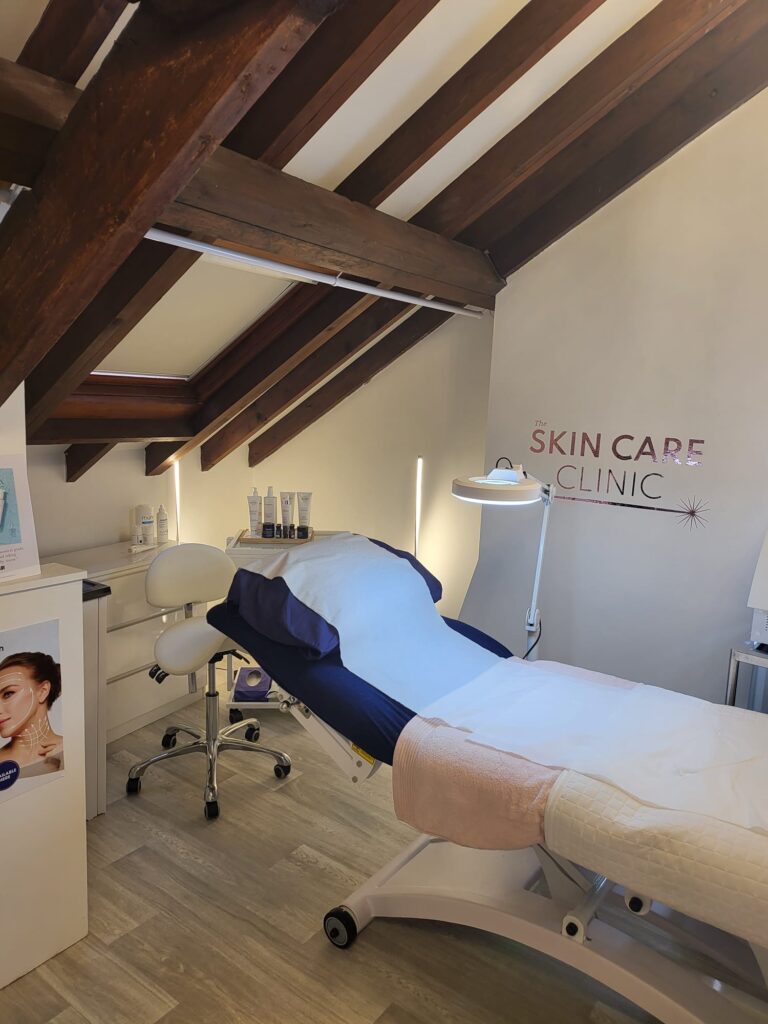
What is the process for a Pigment Removal treatment?
You will initially be seen for a thorough consultation, this is to assess your suitability for an IPL treatment.
Test patches are taken during the consultation which helps us to establish the correct settings for your treatment.
After 1 week, you will be seen for treatment.
- Your skin will be cleansed
- You will be given black-out goggles to protect your eyes.
- A gel is applied over the area to be treated, this helps to direct the light.
- The area will be treated by a short pulse of light being emitted onto the skin until clinical end points have been met.
- The area is cooled, before Lynton Light Soothe and a protective SPF is applied.
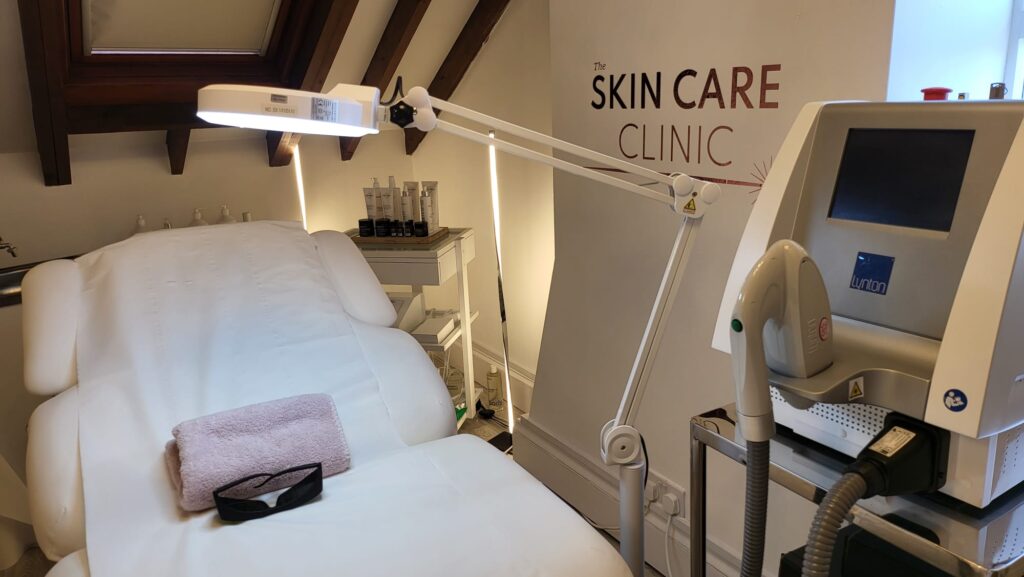
What happens after my treatment?
After treatment it is common for your skin to feel warm for a few hours. You may also notice the pigment lesions will darken and be more noticeable before they improve and become lighter. The lesions will continue to lighten and naturally exfoliate away over the following few weeks.
Some lesions will clear immediately and will not return. Some may take a few more treatments and require multiple visits.
A course of 3 treatments is often recommended as standard.
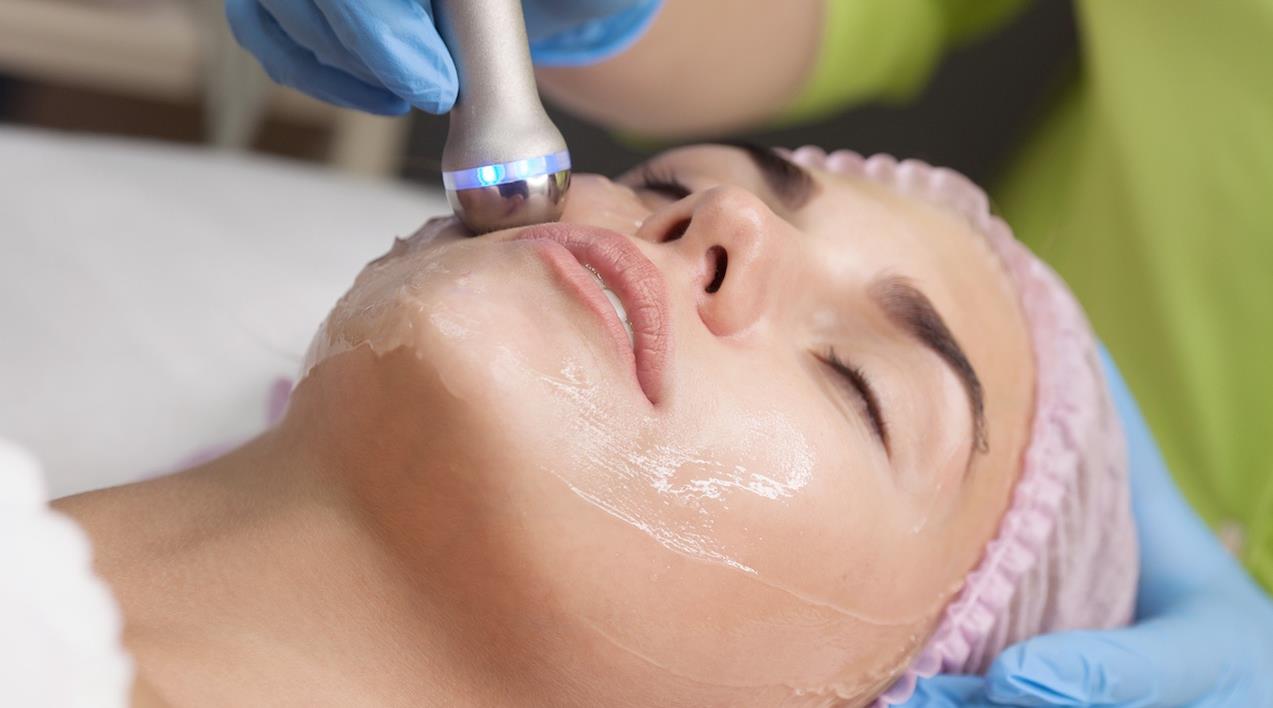
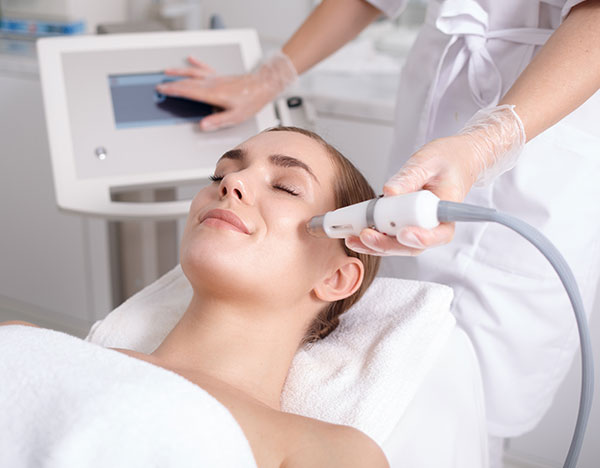
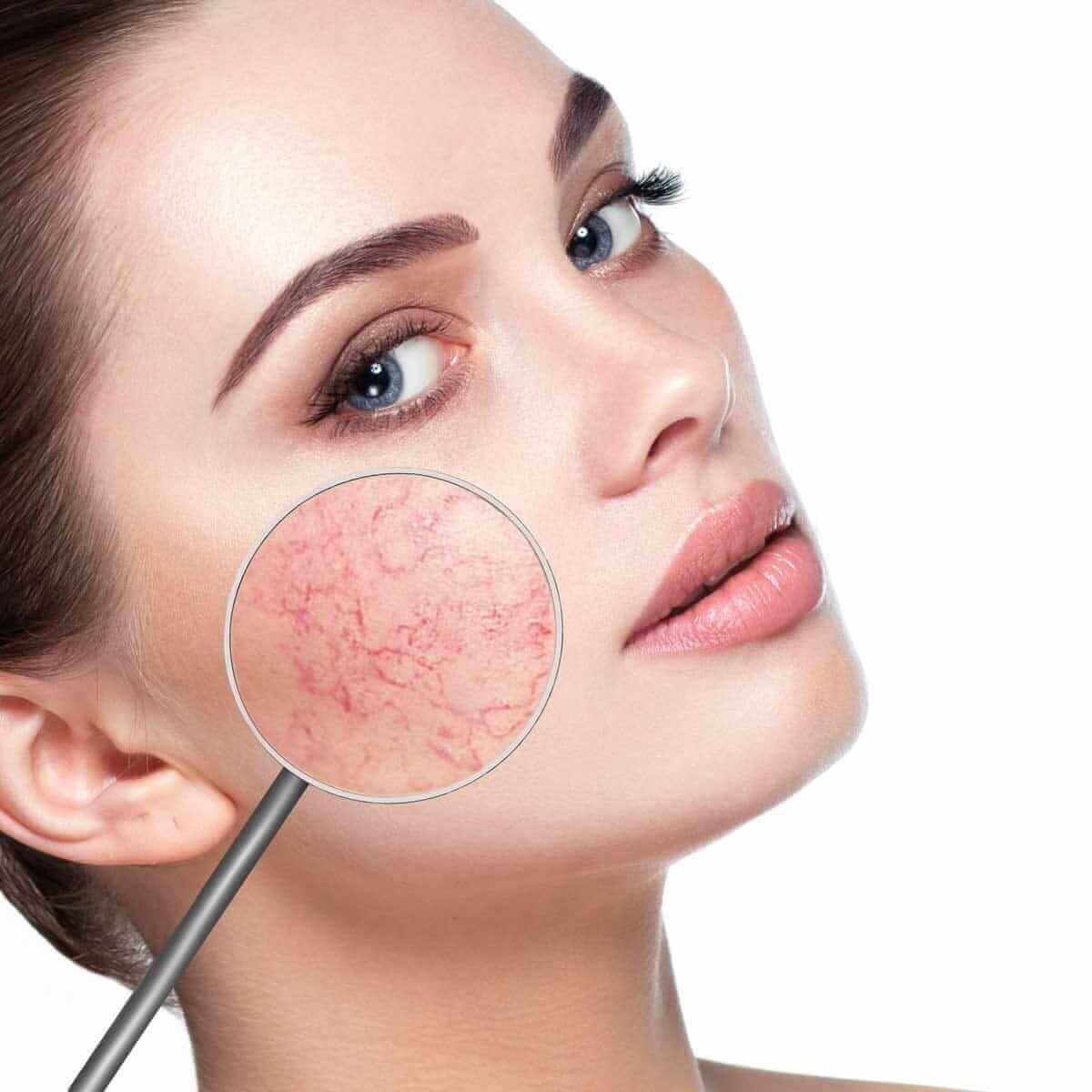

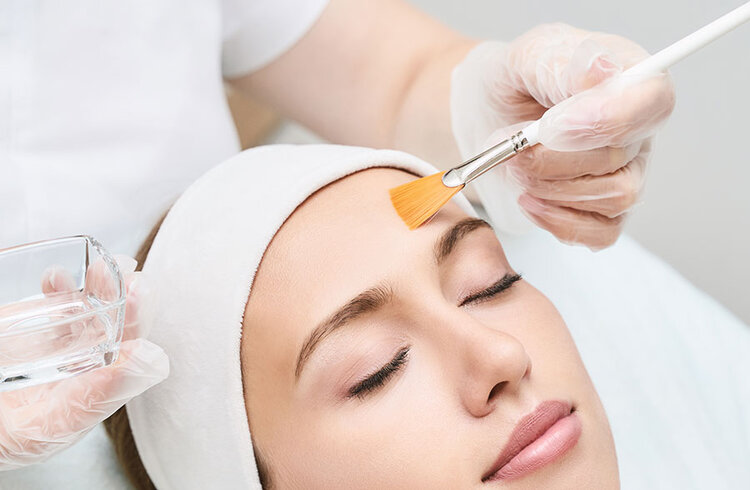
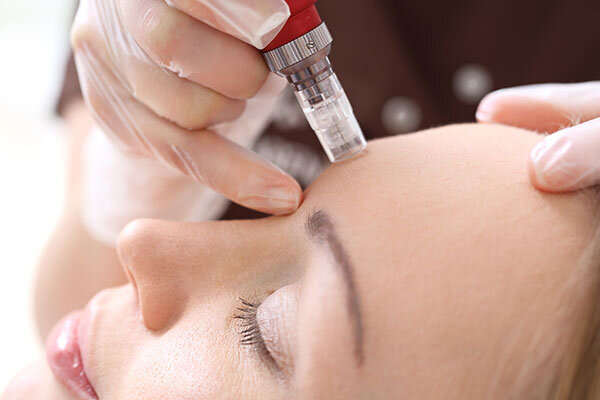
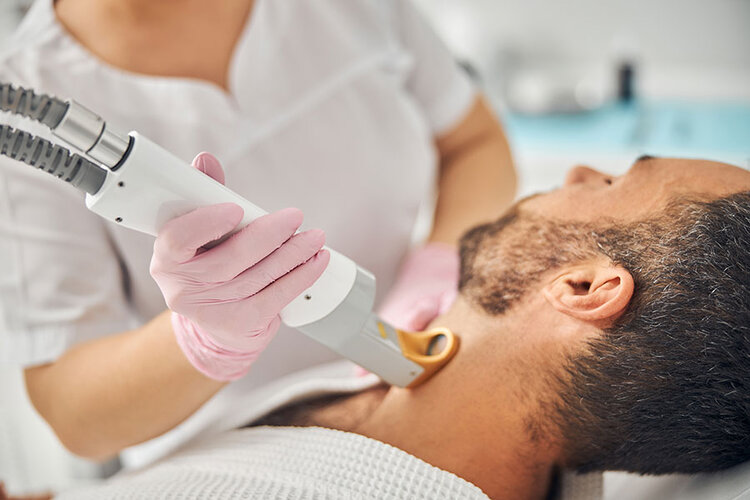

Frequently Asked Questions
A short pulse of light energy is applied to the skin where the pigmented lesion is present. This light energy is then absorbed by the melanin, heating it up which in turn, destroys the melanocytes which produce the excess pigment. Following treatment the area will darken and forms a very fine micro-crust over the lesion. This is then naturally exfoliated away over the following weeks by the skin natural regeneration cycle.
Most pigmented lesions can be treated. These include sun spots, age spots, freckles, solar lentigines. It is not recommended to treat melasma with IPL.
Most people are suitable for pigment removal treatment, suitability can be checked via a thorough consultation. The treatment is most effective for lighter skin types and has less risk of complications compared to darker skin types.
The treatment can be mildly uncomfortable, most describe the sensation as a warm flick. There is no need for anaesthesia and the sensation quickly subsides.
The treatment area may feel warm for a while after treatment. Rarely you can experience redness, swelling for up to 48 hours. As with all laser & IPL treatments there is a very small chance of the skin blistering which can then heal and cause pigmentation changes, although this is very rare.
Treatments are fairly quick, depending on the type/size of the lesions. Appointments usually take approx. 15-30 minutes.
Some small pigment lesions may clear after only 1 treatment. As a rule, for best results a course of 3-5 treatments are needed and should be repeated every 4-6 weeks.
Cost varies depending on the size/type of lesion. Small veins start from £75 per session, a 20% reduction is given when courses of treatment are booked in advance.

